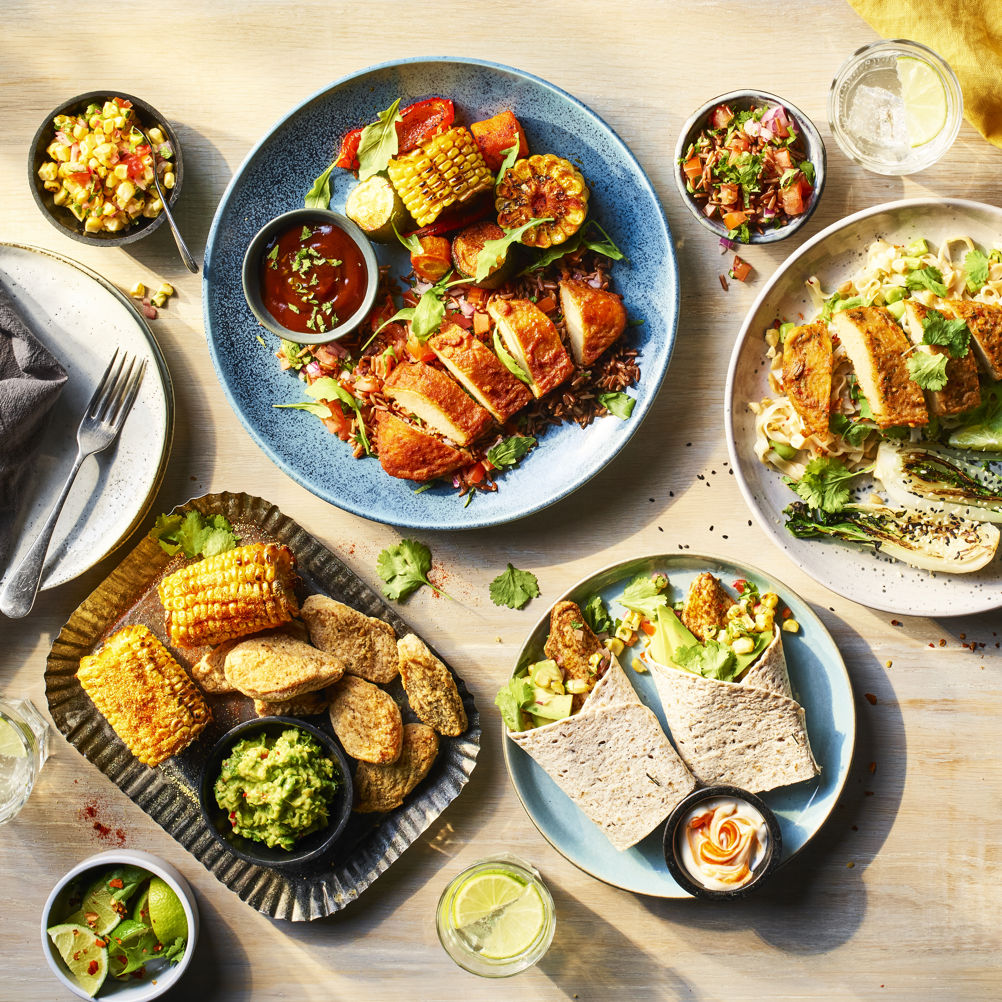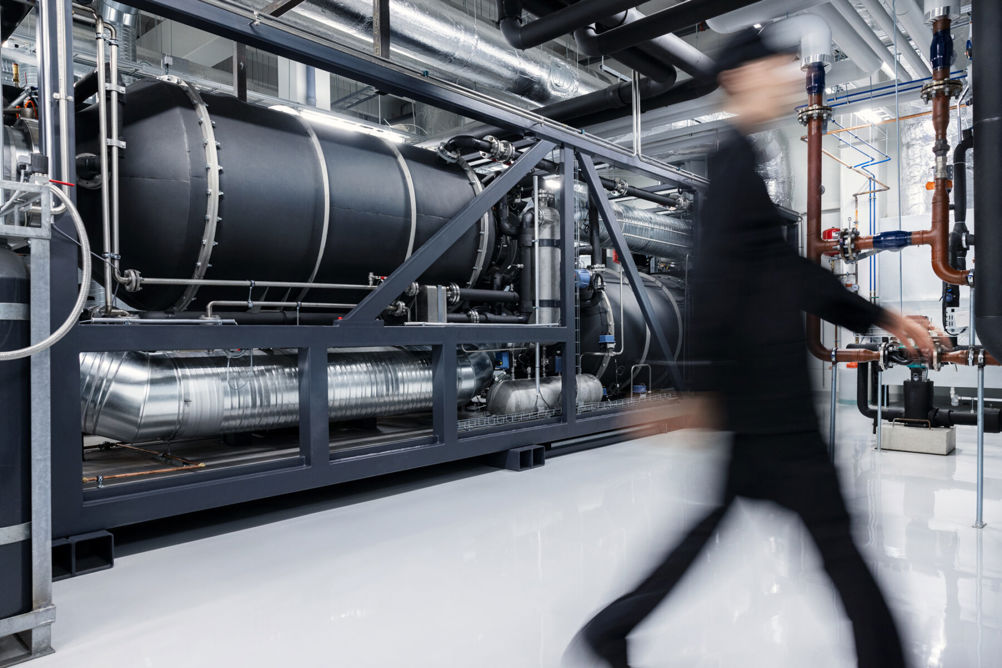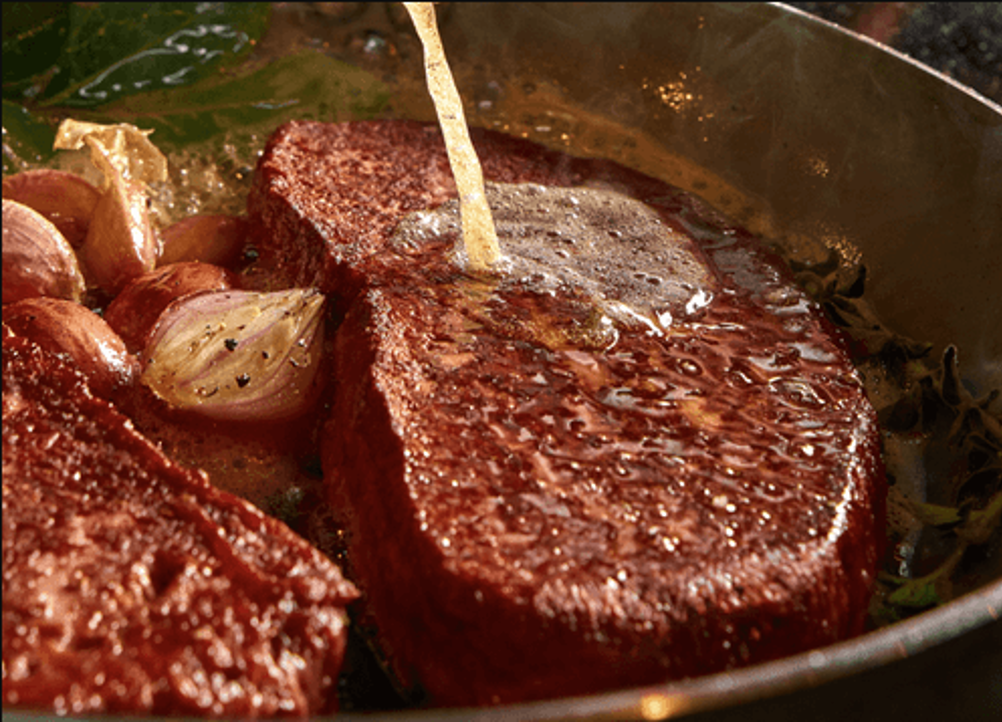With an ever-growing global population and unpredictable weather due to extreme climate change, it is no secret that the agriculture industry is facing challenging times.
Consumers are demanding more and more good quality produce, while the planet is crying out for more efficient, sustainable production.
Current research suggests that, at the rates of production and innovation, it will be impossible to provide a healthy, sustainable diet for a global population of 10bn by 2050 – providing the amount and type of protein typical of North American-European diets, while also achieving the targets of the Paris climate agreement.
Clearly, something fundamentally needs to change – and the answer may lie with the alternative protein industry: non-traditional, high-protein foods that are cultivated more sustainably than conventional animal produce.
Engineers will undoubtedly be at the forefront of new industry developments, creating technology and software for better, more efficient production at-scale.
Alternative proteins – though really just proteins in their own right – include plant-based meat substitutes, lab-grown meat, fermentation products, edible insects and algae.
Environmental impact of animal protein
“Animal protein provides the major source of protein and micro-nutrients to billions of people around the world,” said Simon Davis, Sustainable Agriculture lead at Anthesis Group, at the ‘Innovation Zero’ World Congress conference in April 2024.
“But, we can’t ignore the negatives of animal proteins: the impact on land use, the impact on natural resources, not only taking nutrition and high-protein sources form regions that are largely deforested, but also taking away from the food supply. We also know that it has a significant impact on greenhouse gas emissions.”
The United Nation’s Food and Agriculture Organisation (FAO) has estimated that livestock production alone accounts for 14.5 per cent of global greenhouse gas (GHG) emissions. Though published in 2013, and based on data from 2004 and 2005, this figure remains the most widely cited estimate of livestock agriculture’s global carbon footprint.
“We already have a significant percentage of the global population who derive most of their protein from plant-based sources,” added Davis. “But with the impact of climate and the ever-increasing volatile weather impacting crop stress, rising instances of pest and disease in severe circumstances, we’re seeing instances of total crop failures. We need more options, and alterative proteins could be the future of global food security.”
Of course, plant-based meat and dairy substitutes are nothing new; alternatives such as tofu and tempeh have been around for thousands of years. But only recently have we seen the market expanding significantly, with companies such as Quorn, Beyond Meat and OatLy taking up more and more space on our supermarket shelves.
These plant-based products are designed to taste, appear and cook like conventional meat and dairy produce, and are mostly made up of vegetables, pulses, seeds and nuts.

UK company Quorn, for instance, has been developing its plant-based solution since the 1960s, when its founder discovered a fungi microorganism called Fusarium venenatum in soil. The Fusarium is grown in continually oxygenated water in large fermentation vats, with glucose, nutrients and fixed nitrogen added as food for the fungus – which the company says doubles in size every five hours.
The resulting ‘Quorn mycoprotein’ is extracted, heat-treated and mixed with egg albumen (or potato extract in vegan products), and then frozen, which is said to give the produce a similar structure, texture and consistency to meat products.
According to the ‘Quorn Footprint Comparison Report,’ published by the Carbon Trust in 2023, producing Quorn mycoprotein produces 95 per cent less CO2 than typical beef mince, and has a water footprint 30 times lower than rearing beef, for instance.
“People often ask ‘what about farmers?’ but you cannot make plant-based products without crops. It’s easy to instinctively grasp for a dichotomous relationship, that alternative products will take farmers out of jobs – but that’s just not the case. If you’re producing oat milk, you need farmers who are growing oats, and rape seed oil, and so on,” said Linus Pardoe, UK policy manager at the Good Food Institute (GFI) Europe.
“For plant-based meat, you’re looking at emissions reductions of up to 98 per cent in comparison to conventionally produced meat. Producing a Quorn alternative, say, to chicken is 60 to 70 per cent more efficient overall. We’re not talking about margins of difference here, it’s a quantum leap in terms of how much better alternative proteins could be from a greenhouse gas emissions perspective.
“If farmers are able to gain back a chunk of their land, a lot of new things can be done with that land: biodiversity net gain, natural restorations, they could look into producing less but better meat on more extensive environments.”
Replacing 'conventional' protein
Finland’s Solar Foods, founded in 2017, is aiming to advance industry use of fermentation further, claiming that they can create alternative protein produce from ‘thin air.’
The company makes Solein - a 100 per cent microbial protein source – by extracting CO2 from the air using carbon-capture technology, and then combining it with water, nutrients and vitamins. 100 per cent renewable solar energy is then used to promote a natural fermentation process, similar to the one that produces yeast and lactic acid bacteria.

As the microorganisms multiply in the water and the liquid grows thicker, some of the slurry is continuously removed and dried up to create dry powered Solein, made up of whole cells that are up to 70 per cent protein.
Solar Foods said that its current process is 20 times more efficient than photosynthesis, and 200 times more than meat.
The company’s vision is that Solein can be used to replace conventional protein in virtually any food, enabling better overall food production with less resources, less space, and less time needed.
Many consumers, however, attribute a lack of nutrients, an increase in added sugar, or just the lack of ‘meaty’ taste for reasons to leave plant-based or bioprocessed products on the shelves - despite the environmental benefits.
Unlike plant-based meat, cultivated meat – meat grown in a lab – is genuine animal meat that is produced directly from animal cells. It contains the exact same animal protein and nutrition levels as ‘normal’ meat, and offers consumers a similar texture and taste.
“The simple and uncomfortable truth is this: we’re using too much land to feed too many animals. We’re running out of space,” explained GOOD Meat, the first company to sell approved cultivated chicken across the world.
“By making meat from cells, GOOD Meat uses far fewer resources. It emits 92 per cent fewer carbon emissions and uses 95 per cent less land. And the best part? We still have meat.”

GOOD Meat researchers extract and bank unmodified cells from chickens or their eggs, which are then grown in sterile cultivators. The cultivator, a vessel similar to a beer fermenting tank, provides the energy and warmth needed for growth. Inside, these cells are fed a ‘nutrient-rich broth’ that the company said includes amino acids, carbohydrates, minerals, fats and vitamins – and strictly no antibiotics, growth hormones or genetically modified organisms (GMOs).
The cells grow and divide naturally within the cultivator, thus creating the meat, which the California-based company said can be harvested after just four to six weeks. As the only meat grown is what consumers eat, there are no animal byproducts, and as there is no slaughter involved in the process, there is no risk of contamination or pathogens like E. coli.
3D printed meat
GOOD Meat grows the cells on natural scaffolding, moulds the meat once it has developed, or creates its produce through 3D-printing – a technique that is developing in the industry as the technology itself improves.
Layer by layer, 3D-printed meat can be scaffolded from a bio-ink containing cultivated cells or, for purely plant-based alternatives, filament mixtures that contain proteins like soy, chickpeas or even algae.
Companies like Israel-based Steakholder, for instance, are developing cutting-edge 3D-printing technology, pre-mixed ink and software for the sector. So far, the company has created two printers: the ‘HD144’ that can 3D-print plant-based fish, and the ‘MX200’ that can produce printed plant-based meat.
Steakholder’s HD144 can print up to 100kg of plant-based fish an hour, and features the company’s Drop Location in Space (DLS) technology, which it said enables the printer to precisely place the plant-based ingredients in specific patterns and layers to mimic the textures of real seafood.
Its meat printer is able to produce up to 420kg of plant-based meat blend alternatives within an hour, and features an advanced print head that can combine distinct materials to replicate the natural interplay of muscle and fat, and thus texture, in meat.
Both printers offer a wide range of shape versatility, reacting to specific programmes and software, as well as integrated water-jets for cleaning and maintenance.

It is clear that the sector isn’t short of technological advancements, and the environmental benefits seem undeniable – both in freeing agriculture from the increasing pressure of protein production, and the increase in overall efficiency and sustainability of large-scale alternative protein production.
Those within the industry believe that the concept, technology and overall drive is already there, but that factors such as testing, extremely tight regulations and limited funding currently serve as major setbacks to growth.
“For most of the new novel technologies, you will need to go through a process that on average is taking two and a half years within the Food Standards Agency (FSA) – there is currently no precision fermentation or cultivated meat products on the market in the UK because of this,” explained Pardoe. “The FSA is rightly a very conservative body, and it’s incredibly important that these regulatory frameworks remain very tight, but it’s absolutely on the side of the consumer at the moment.
“There’s also a staggering lack of open access research on alternative proteins. What we’re finding is that companies are duplicating their research and development efforts all across the piece, and it’s a really bad use of resources in a scarce investment environment.
“There’s almost no good evidence around the techno-economics of plant-based meat, for example, which is something we could quite easily pull money from the public sector to fund. That research isn’t particularly expensive, but it would massively de-risk the space, so we know the unit economics before we start to invest in these companies.”
Driving consumer acceptance of alternative protein
Perhaps the toughest challenge for the industry, though, is consumer acceptance.
Data analytics company Nielsen recently reported that plant-based meat in the UK is currently around a third more expensive than conventional meat – but experts in the industry are calling for a true comparison of cost between alternative and conventional produce.
“We’re seeing a system where meat is being pushed, and it’s not a level playing field. If the alternative proteins industry wants to scale-up, we need to start looking at the true cost of food,” said Duncan Williamson, global strategic lead, Food System Transition, Forum For The Future.
“People think that we only pay for our food once, when in fact we pay for it three or four times through our taxes, healthcare costs, for produce subsidies. We need to talk about the real cost, and the investor community must recognise it to begin to see how fragile the system is, and to push for sustainable change.”
Even with an ‘uneven’ playing field, current estimates indicate that with the right regulatory reforms and sufficient public investment, the alternative proteins industry could add £6.8bn each year to the UK’s economy, as well as 25,000 jobs by 2035.
All the benefits – environmental, economic, nutritional – seem to be there. If the industry can overcome the barriers for scalability and growth, and consumers accept a shift to the unconventional, then perhaps we will be seeing a takeover of alternative protein produce on our shelves sooner than we think.
More from The Engineer











McMurtry Spéirling defies gravity using fan downforce
Ground effect fans were banned from competitive motorsport from the end of the 1978 season following the introduction of Gordon Murray's Brabham...